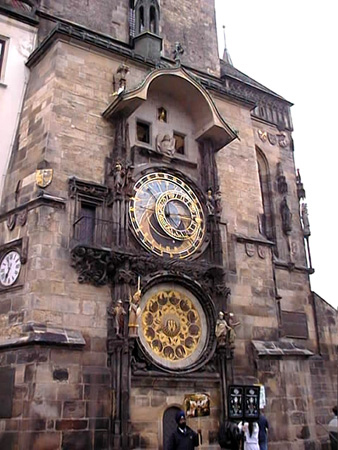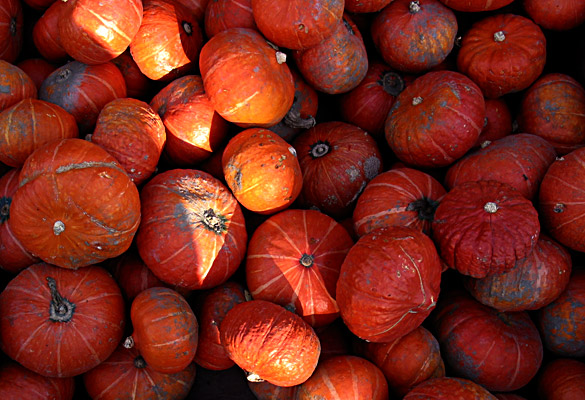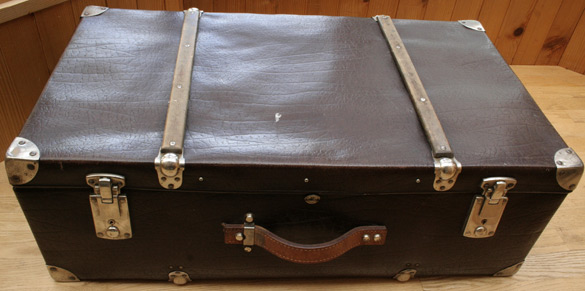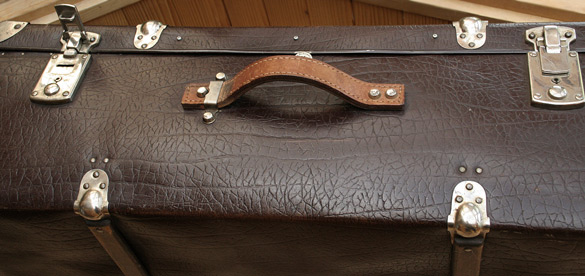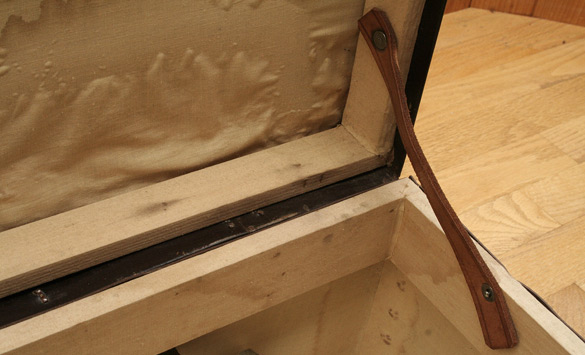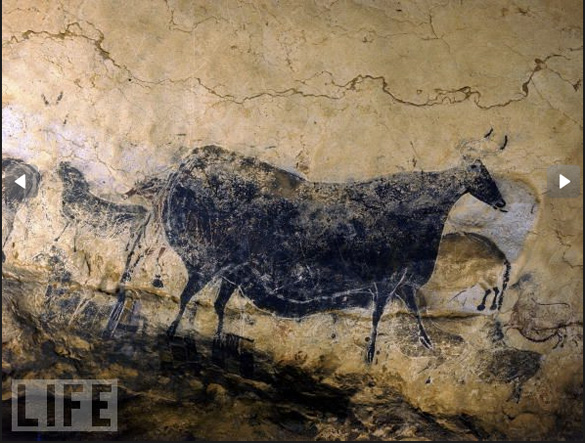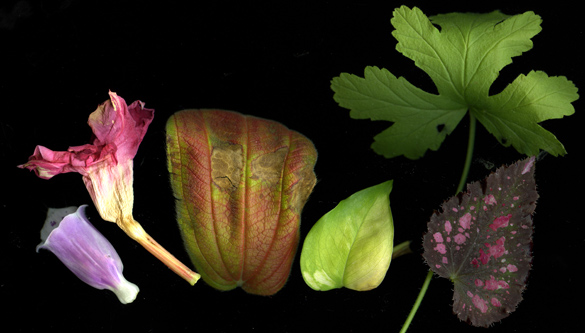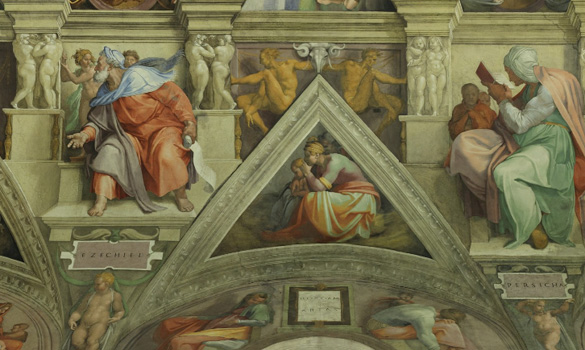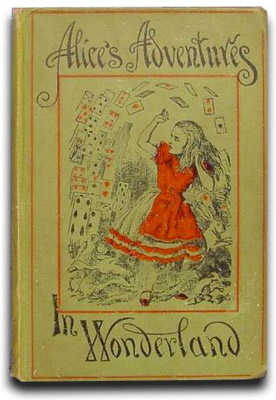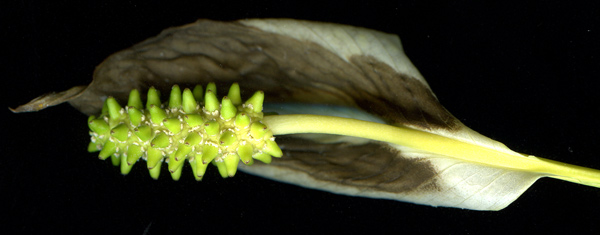more Mary Anning
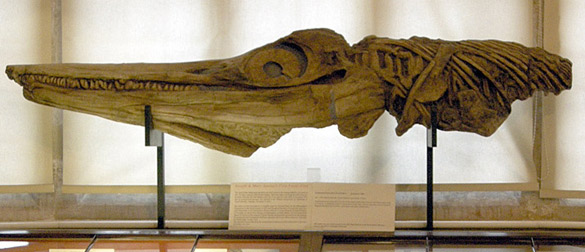
Ichthyosaur skull, Lyme Regis Museum, UK
Some readers may recall a post I wrote about a book which I enjoyed reading while on vacation last spring at our favourite spot on the west coast of Vancouver Island. Yesterday, in my rounds of blog visits, I was excited to see Kris’s Archaeology Blog featuring a review of that same book: Remarkable Creatures.
She has included some interesting links to explore, of which I particularly enjoyed the BBC Audio slideshow: Jurassic woman.
Mary Anning’s fossil discoveries 200 years ago near Lyme Regis are being celebrated by the Royal Society, The Natural History Museum and the town’s museum. I hope you will enjoy the slides and links as much as I did. This all makes me want to reread the book and the next time we visit England, to visit Lyme Regis, home of this remarkable woman!
